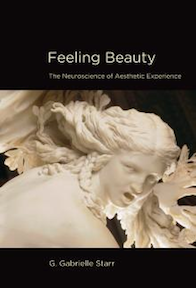By Chelsey B. Coombs
Chelsey B. Coombs (ΦBK, University of Illinois at Urbana-Champaign, 2013) is a graduate student in New York University’s Science, Health, and Environmental Reporting Program. New York University is home to the Beta of New York Chapter of Phi Beta Kappa.




